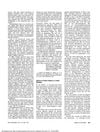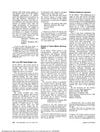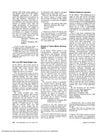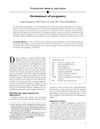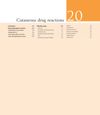Erythema Nodosum Leprosum: Immunoglobulin G Subclasses and Complement Activation
February 1977
in “
Archives of Dermatology
”
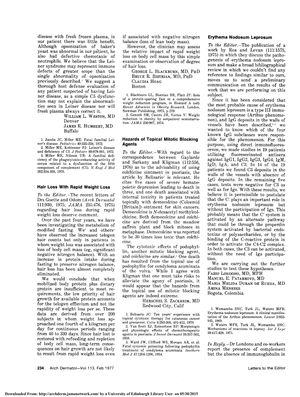
TLDR The study suggests that complement activation, not immunoglobulins, may be important in erythema nodosum leprosum.
In a study investigating erythema nodosum leprosum (ENL), a condition associated with leprosy, researchers examined 19 patients to determine the involvement of immunoglobulin G (IgG) subclasses in the disease's pathogenesis. Using direct immunofluorescence, they tested for the presence of IgG1, IgG2, IgG3, IgG4, IgM, IgD, IgA, and complement component 3 (C3) in the vessel walls of these patients. They found C3 deposits in the vessel walls of 14 patients but no IgG deposits. In the remaining five cases, both C3 and immunoglobulins (Igs) were absent. These findings led the researchers to suggest that complement activation might play a significant role in ENL, potentially through an alternate pathway that does not involve immunoglobulins, such as the properdin system or the binding of C-reactive protein. Further studies were planned to explore these hypotheses.
